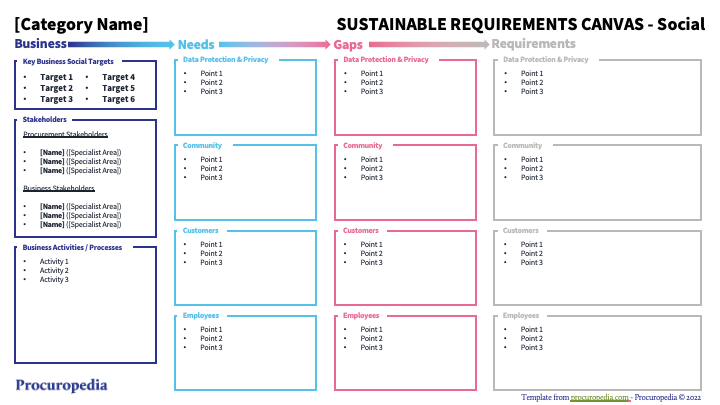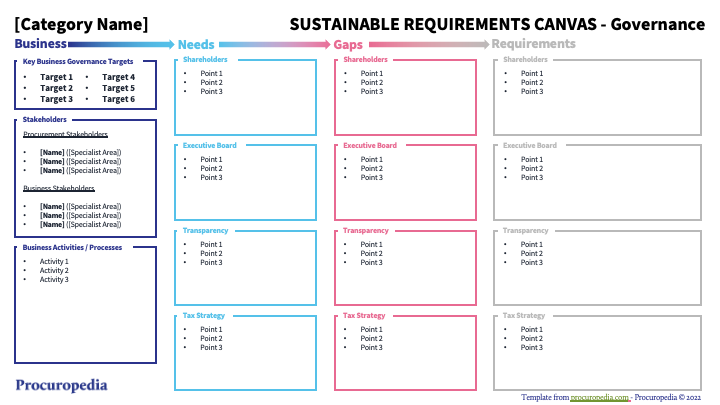The environmental factor aims to embed a culture of ‘conservation of the environment’ in all aspects of the running of an organization. To ensure this principle is applied to all parts of the organization, the supply chain and suppliers must be considered. Environmental requirements to deliver this principle must be disseminated down the supply chain to ensure that culture flows down the supply chain to maximize the impact of the policies.
Waste
An organization should have a detailed waste management policy for both itself and it’s suppliers. The policy for itself should contain a detailed set of requirements for suppliers that help operationally achieve the policy contents. A supplier policy should contain a set of core principles and their underlying deliverables a supplier must operate to be able to be considered for contracts.
Typical examples of organizational waste are:
- Tech Disposal (for example WEEE or EWRA Electronic Waste Recycling Act (California))
- Packaging waste
- Hazardous waste
- Air pollution
Resource Usage
Using resources efficiently reduces the requirements for those resources and therefore the cost paid for those resources. Equally, that has a positive effect on the environment through reduced use of finite resources. It is a competitive advantage and good corporate responsibility for a organization to have control of their resource usage.
To enable this resource view, an organization will require data provided by their suppliers to ensure they have a whole product or service view of their resource usage. These data requirements need to be part of any agreement with a supplier to ensure governed access to the data. As a result specific specifications are required from the business detailing the data / information requirements needed to obtain such a product or service view.
Typical natural resources can be:
- Oil
- Natural Gas
- Plant Products (Cotton, Grain, Corn, etc)
- Trees
- Metal Ores
Environmental Impact
An organization should monitor the environmental impact their activities have. These impacts can be both negative and positive. To obtain a complete understanding of environmental impact, organizations must have a view down their supply chain to be clear on the ‘real’ impact.
To achieve this, impact information needs to be requested from suppliers to ensure the data is available to carry out a detailed assessment. This assessment can then inform potential opportunities to reduce negative impacts and the increase positive impacts.
Typical negative impacts are:
- Acid rain, smog and other forms or air pollution
- Ocean acidification
- Wildlife displacement or extinction
- CO2 Emissions
Typical positive impacts are:
- Naturization of other use land (for example an old quarry)
- Funding reforestation projects
- Using manufacturing byproducts in other products or services
Biodiversity
The promotion of biodiversity whilst running the organization is equally important. Ensuring the natural world are also considered and the impact of wildlife ecosystems is minimized as much as possible in operations is equally as important. Biodiversity is particularly important in agriculture and the manufacture of many industrial materials.
Typical considerations are:
- Deforestation
- Wildlife displacement or extinction
- Overexploitation
- Hybridization
- Introduction of invasive species
Special mention - Climate Change
Organizations are increasingly required to report on their CO2 footprint. Whilst a part of environmental impact, due to the specific focus on CO2 emission it warrants its own policy and monitoring policy so an organization can report on their performance in a high degree of detail. Data is required from suppliers and the entire supply chain to adequately detail the CO2 impact of an organization.





